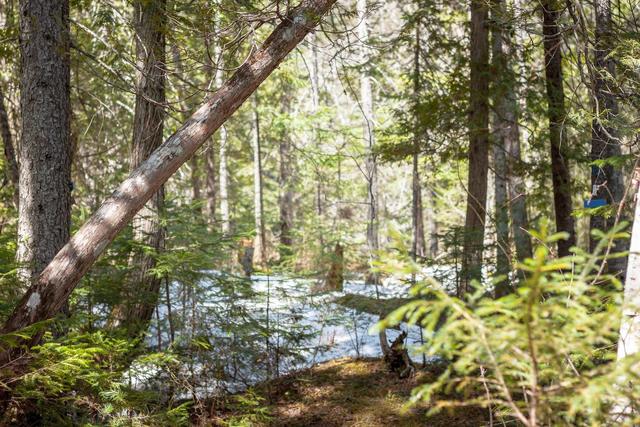Home » Regions » North America » Northern Forests
Northern Forests
Last updated: August 14th, 2020
To check where a specific point lies, you can look it up in our Ecoregion Locator.
↑Map Legend & Subregion List
This list will help you navigate the regions in case you have problems with viewing or clicking the interactive map above.
| Name | † | Color on Map |
| Softwood (Boreal) Shield | ○ | |
| Mixed Wood Shield | ○ | |
| Atlantic Highlands | ○ | |
| Boreal Plain | ○ |
† Status: ✓ = Complete ○ = Needs Image … = Incomplete ∅ = Stub Only
↑Progress
Partially Complete | With Images | Complete w/ Images |
Get involved! You can help our ecoregion articles progress faster. Help us find photos of these regions. Contact us if you have any additions or corrections to any of these articles. You can also donate to support our ongoing work.
↑About the Northern Forests
The Northern Forests ecoregion is a forested region of North America, extending from northern Minnesota, Wisconsin, and Michigan, into Canada. Most of the region is located in Canada, where it is usually broken into two ecozones, the Boreal Shield Ecozone and the Atlantic Maritime Ecozone.Contrasting with the more northerly Taiga region, which is a partly-open region where tree growth is often stunted, the Northern Forests tend to have richer, taller tree growth. Most of this areas is dominated by coniferous trees, including the evergreens spruce, balsam fir (Abies balsamea), jack pine (Pinus banksiana), and the deciduous tamarack (Larix laricina). Poorly-drained, acidic sites support tamarack and black spruce (Picea mariana), whereas less acidic but still moist sites support northern white-cedar (Thuja occidentalis). Richer, better-drained sites support white spruce (Picea glauca) and fir; in the east, red spruce (Picea rubens) is also important. Some deciduous broadleaf trees occur in the region, and become more common towards the south end of this region, although they are only locally dominant on isolated, nutrient-rich sites.
The soil in these forests has low nutrient availability, owing both to cold temperatures, which cause organic matter to break down slowly, and to the acidity of the leaf litter of most coniferous trees. Areas of thin soil and exposed bedrock are common. Peat bogs are locally common, although somewhat less so than in the Taiga region to the north.
As one moves southward, this region gives way to the Eastern Temperate Forests in the east and the Great Plains towards the center of the continent. To the west, this region is bordered by the Northwestern Forested Mountains. Although the topography of these mountains is steeper, they create similar climate conditions to the boreal forest as one travels southward; there are numerous plant species that are found both in this region and farther south in the mountains. This leads to many species having an L-shaped range distribution that runs east-west along the boreal forest and north-south along the mountains.
 Photo © Aurélien Adoue, CC BY 2.0
Photo © Aurélien Adoue, CC BY 2.0Plant Lists & In-Region Search
List Native Plants - List All Plants
Warning! This region extends outside the lower 48 US. We have only completed range maps for all plants in the lower 48 US; these lists and searches may thus have omissions for species which only occur in the portion of this region outside the lower 48 US.


